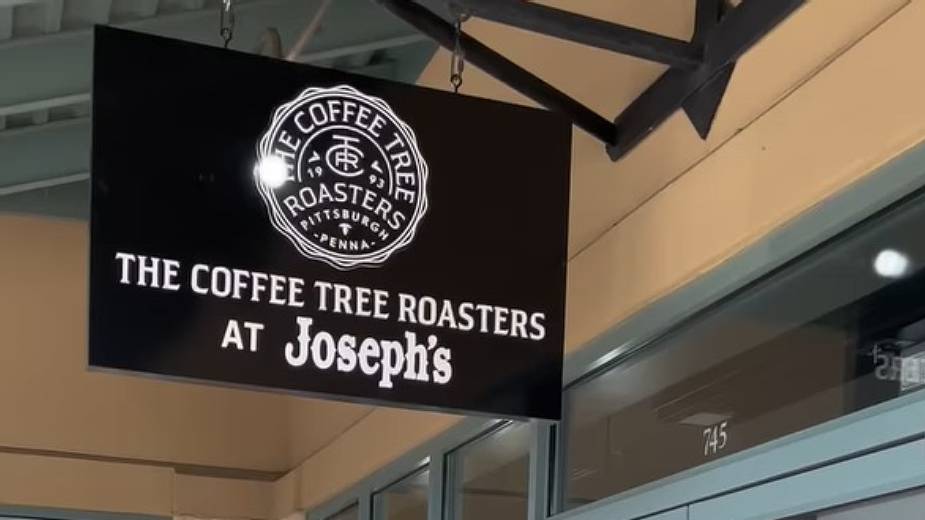Restaurants Need to Reinvent Business Model, Study Finds
UNIVERSITY PARK, Pa. — As unpalatable as the thought may be to some, tight profit margins and increasing labor costs may force restaurant owners and food service professionals to reinvent their business models, according to a team of researchers at Penn State University.
In a study, researchers found that businesses in the food service industry are significantly more labor intensive and have decreasing returns to scale compared to other service industries. The findings suggest that higher costs and higher wages may leave little room for restaurant businesses to remain profitable and simply raising prices to become profitable may not solve the core problem.
“Some aspects of the food service model will have to be re-thought,” said Amit Sharma, associate professor of hospitality management, Penn State. “Professionals in the food service industry need to find a way that will be economically viable and sustainable in the future, which might mean rethinking the model of how the business is being run.”
The researchers, who report their findings in the current issue of the International Journal of Contemporary Hospitality Management, also said that compared to other industries, the food service industry performed significantly differently in intermediate input. A key indicator of the partly finished goods value that an industry produces, intermediate input is calculated by taking an industry’s gross output and subtracting its value added — employee compensation, taxes on production and imports less duties and gross operating surplus.
“Intermediate input measures what goods and services an industry is either getting from its suppliers and-or how much value the industry is adding before they pass the final product onto consumers,” said Sharma. “In this case, restaurant owners may buy raw vegetables, turn them into a meal and then sell that dish to customers, or buy prepared vegetables, such as chopped lettuce and use them to create the meal or dish.”
The intermediate input for the food service industry is actually negative, while all other service industries showed a positive intermediate input, according to Sharma, who worked with Victor Da Motta, doctoral candidate in hospitality management; Naomi Altman, professor of statistics, both of Penn State and Dr. Jeong-Gil Choi, professor of hospitality and tourism management, Kyung-Hee University.
“So, what this means is that if your intermediate input is negative, either the industry gross output is low, or value added is high,” said Sharma.
The study shows that the food service industry gross output is also relatively lower than that of other service industries and that food service businesses have decreasing returns to scale. This means that increasing all inputs would lead to disproportionately lower increase in total output.
Typically, industries look to raise prices to offset increased costs, such as higher labor costs.
“There are two ways to take care of this,” Sharma said. “Businesses can increase gross output by either increasing prices, volume, or both, or improve efficiencies in input usage.”
Randomly increasing wages may have a more detrimental effect of pushing restaurants and other food service companies out of business.
“Increasing wages might not be where we should be debating,” said Sharma. “What we might want to think about is that, if you can increase wages and businesses do not remain profitable, then it defeats the purpose for everyone to see food service establishments fail.”
Sharma said that businesses could better use automation and technology to improve efficiency and save on labor costs. This does not necessarily mean that restaurant owners will replace their entire human staff with robots and computers, but that technology could enhance labor productivity.
“We are not talking about robotic restaurants, but we are now looking at where automation makes sense,” Sharma said. “Small measures of automation can also help, as long as it is focused on increased customer service while increasing labor efficiencies.”
For example, a restaurant could install technology that lets customers alert staff when they need assistance, rather than have the staff check on them every few minutes. Sharma added.
“There have been similar studies, for instance, in the manufacturing industry, but we wanted to compare our industry — hotel, restaurant and recreation-gaming industries — with rest of the service sector,” said Sharma.
The researchers identified hospitality and related industries, such as accommodation, food service, amusement, gaming and recreation through the North American Industry Classification System. They used production data from the U.S. Bureau of Economic Analysis. The data covered 1987 to 2012.
SOURCE: Penn State University news service. Article written by Matt Swayne.
Copyright 2024 The Business Journal, Youngstown, Ohio.



